First, let’s talk about TPE. Its advantages include being eco-friendly and recyclable, lightweight and portable, with good slip resistance, odor-free, and moderately priced. However, it has average durability, may become brittle with long-term use, and offers medium cushioning. It is suitable for beginners, travelers, environmentally conscious users, and those seeking good value for money.
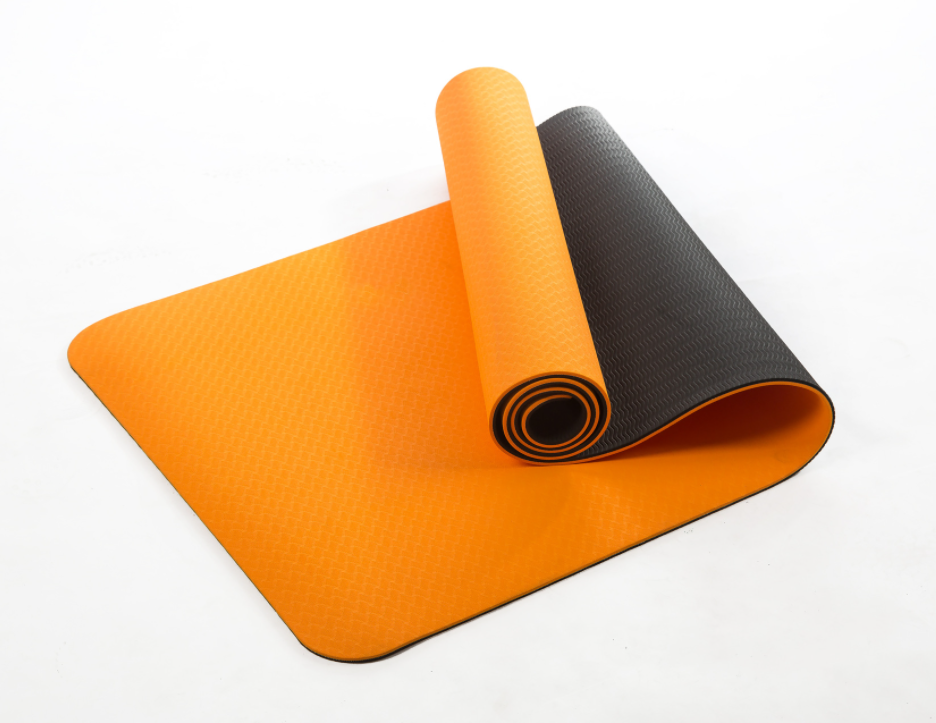
Next is the natural rubber yoga mat. It offers top-tier slip resistance whether dry or wet, excellent support and durability, and is eco-friendly and natural. However, it is relatively heavy and less portable, priced higher, may have a rubber odor that requires airing out to dissipate, and should be used with caution by those with latex allergies. It is ideal for advanced practitioners, Vinyasa/Ashtanga enthusiasts, heavy sweaters, and those who prioritize stability.
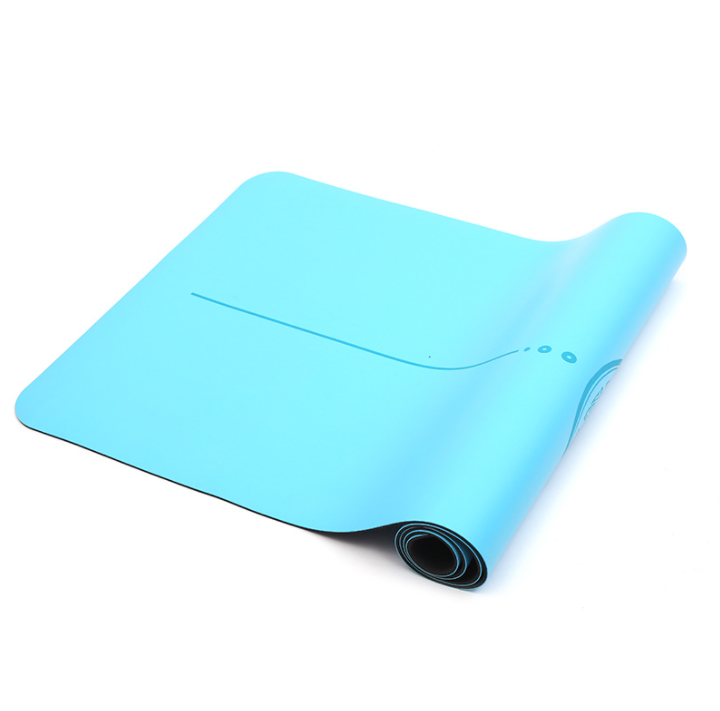
Now, let’s talk about PVC yoga mats. They offer the best cushioning and protection, are highly durable, provide a strong grip, and are typically the most affordable option. They are widely used by the majority of users and those on a tight budget. However, they are not environmentally friendly (non-biodegradable), have a strong initial odor, and do not absorb sweat well. They are suitable for beginners, individuals with joint sensitivities, and those who require extra cushioning and protection.
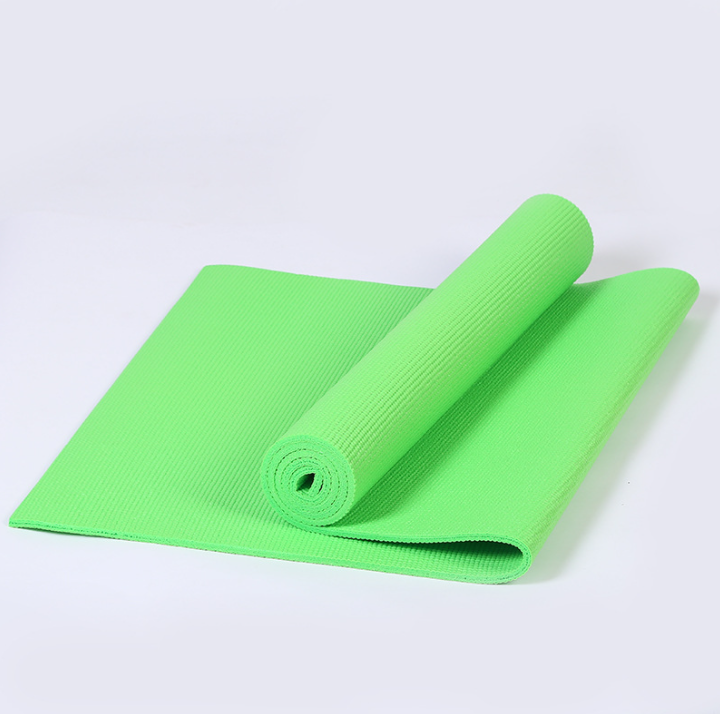
NBR Yoga Mat
It is extremely thick and soft, low-cost, and offers excellent cushioning. However, it has very poor slip resistance, unstable support, is prone to deformation, and lacks durability. It is only suitable as a “topper mat” (layered over another mat), for restorative yoga, or placed over an existing mat for extra cushioning.
It is naturally antibacterial, becomes more slip-resistant when wet, has a unique and aesthetically pleasing texture, and is eco-friendly and renewable. However, it tends to be expensive, offers relatively poor cushioning, and requires careful maintenance. It is best suited for environmentally conscious users, hot yoga practitioners, and those who prioritize natural materials and antibacterial properties.
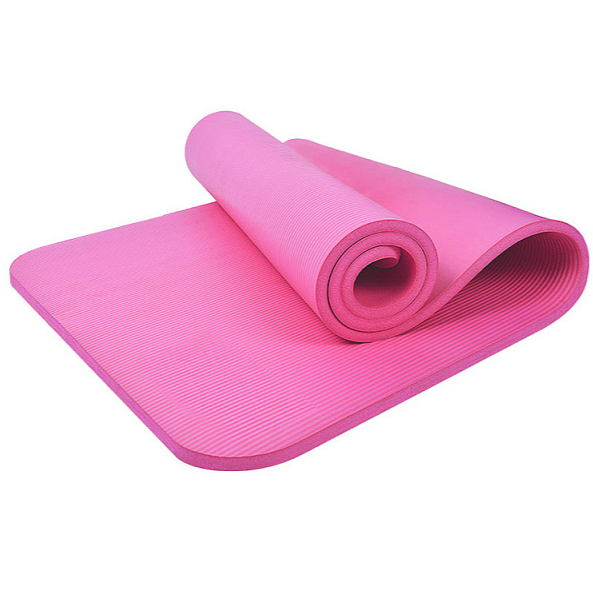
Cork Yoga Mat
It is naturally antibacterial, becomes more slip-resistant when wet, has a unique and aesthetically pleasing texture, and is eco-friendly and renewable. However, it tends to be expensive, offers relatively poor cushioning, and requires careful maintenance. It is best suited for environmentally conscious users, hot yoga practitioners, and those who prioritize natural materials and antibacterial properties.
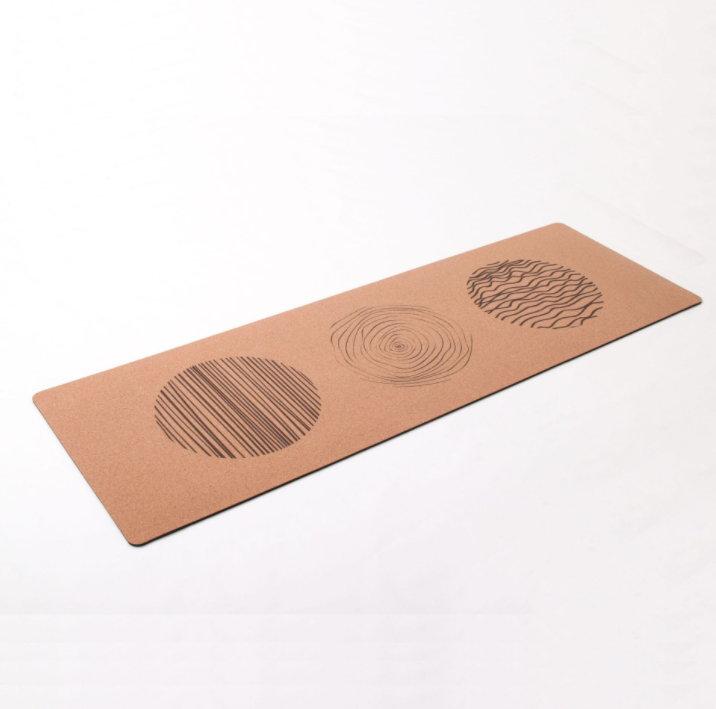


Leave A Comment